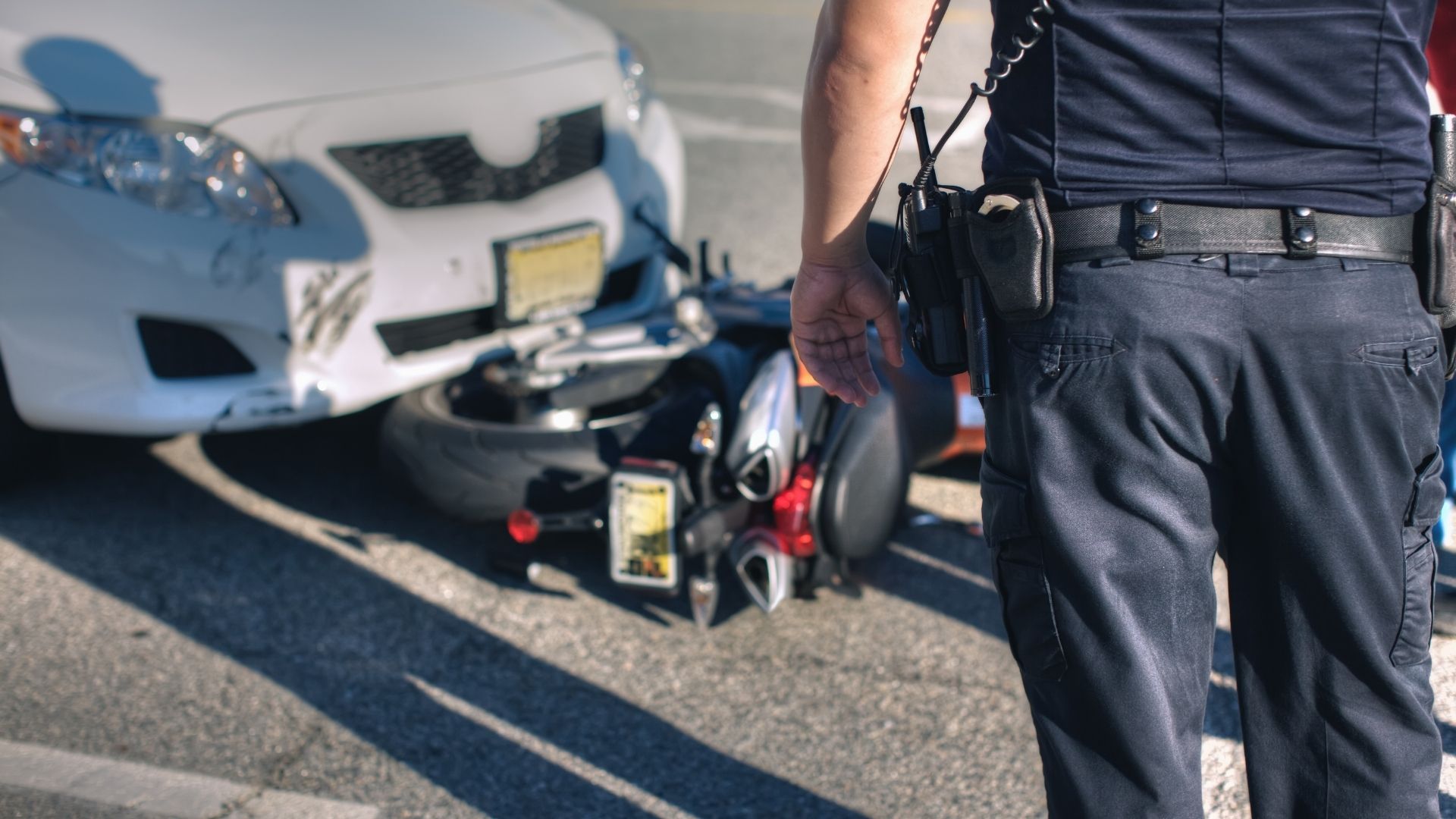Injuries sustained in a motorcycle accident are often severe and life-changing.
Due to the lack of a protective “cage” around the rider, body parts contact the ground and other obstacles.
Broken bones, road rash, open wounds and head injuries are often sustained, even in crashes at reasonably low speeds.
5,000 people were fatally injured in motorbike accidents in the U.S. in 2018. According to Chicago motorcycle accident lawyer Dave Abels, “every year 70,000 to 80,000 people are injured in motorcycle accidents across the nation.”
For more information visit daveabels.com
Let’s look at the area of pain and suffering in the personal injury space as it applies to motorcycle accidents.
What Does “Pain and Suffering” Mean?
Pain and suffering refer to actual physical pain endured from the injury. It includes any physical discomfort from medical treatment received and any psychological effects, mental anguish, anxiety, and sleeplessness.
In cases with severe injuries, pain and suffering can represent a significant portion of the eventual award.
What Are The Most Common Motorcycle Injuries?
Common injuries include:
- Broken ribs
- Facial disfigurement
- Traumatic brain injury (TBI)
- Lacerations
- Broken or amputated limbs
- Spinal injuries
- Internal bleeding
- Whiplash
- Organ damage
Proving Pain and Suffering in a Personal Injury Case
Pain and suffering from physical injuries are proved by using doctor reports, expert medical witnesses and hospital records.
Witnesses such as close friends, family or relatives can be called to give evidence of what they saw the patient endure.
Emotional or psychological harm will be proven through the services of a psychologist or therapist to lead evidence as to your mental suffering.
The expected recovery time will affect the amount claimed for pain and suffering. The longer the period, the higher the claim.
Your doctor may include notes on how long your recovery will take and order time off by you to refrain from doing certain activities or movements.
It is critical to report all pain and discomfort to your doctors in the months and years following the accident.
How Can You Assist to Prove Pain and Suffering?
You can assist your lawyer by actively strengthening evidence in your case regarding all things medical, including gathering evidence to prove pain and suffering.
Maintain detailed records of pain, discomfort, and all medical bills post-accident.
Diarize your pain, including emotional and mental distress linked to the accident.
Record any physical limitations you experience post-accident.
Never skimp on seeing your doctor when you know you should be but feel it may be unnecessary. It is vital to keep a complete record of all visits to build a case.
Collect photographic evidence of your visible injuries to document the healing process.
In Summary
Pain and suffering are difficult to quantify due to the subjectivity involved.
You can assist your lawyer in proving the pain and suffering experienced by you, which will go some way to strengthening your claim and result in a just reward.
Proof of pain and suffering is essential even during the negotiation stages for settlement.
Pain and suffering awards are decided by the jury should your matter go to trial. There is no way of predicting the award amount due to so many variables.

